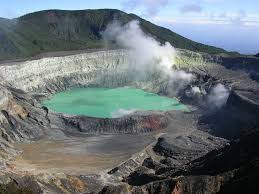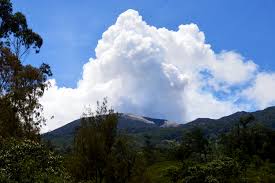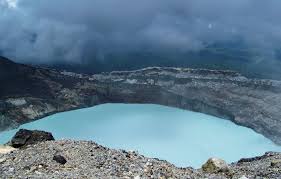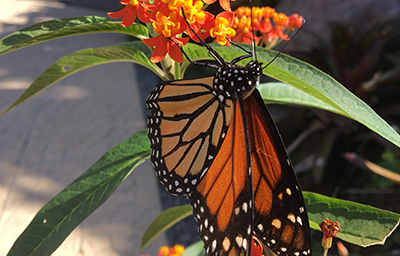
|
5 years and younger |
|---|
Volcano Activity Update

Speak Like a Tico!
August 10, 2017
Saturday Morning Farmers Market—A Costa Rican Tradition
January 15, 2018Volcano Activity Update
Have you heard about erupting volcanoes in Costa Rica?
Although several of our country’s 112 volcanoes still occasionally belch a bit of vapor and gas, only five volcanoes have actually erupted in the last 500 years since the Spaniards first colonized Costa Rica. The most active volcanoes today are: Poás, Turrialba, Rincón de la Vieja, Arenal, and Irazú.
Arenal and Irazú have erupted periodically in recent years, but as of this writing, just three are actively erupting—Poás, Turrialba, and Rincón de la Vieja.
Costa Rica’s volcanoes tend to emit mostly ash; lava flows are rare. However, the risks of toxic gases, lahars (mudflows), and ejected incandescent rocks can be high in the immediate areas surrounding the volcanoes. Therefore, parks and access roads around all three are currently closed to the public until further notice.
Although the volcanoes do not represent a danger to anyone outside the restricted areas, sporadic ash fall can be a concern for sensitive individuals with breathing issues such as asthma .
Experts at the Volcanological and Seismological Observatory of Costa Rica (OVSICORI) and other international agencies closely monitor conditions around all our active volcanoes to keep us informed of any significant changes.
Predicting future activity of our volcanoes is impossible, of course, so don’t hesitate to contact us if you have additional questions. As always, if you feel compelled to cancel your reservations with us for any reason, there is never a fee to cancel or change your reservation if you have booked directly with us.
Please keep reading for specific information about the three erupting volcanoes.
Poás volcano is situated near the western end of the Central Mountain Range, approximately 34 miles north of San José. Poás is visible from most of the central valley, and has been a major tourist attraction for decades.
Prevailing winds prevent virtually all ash and gases from reaching San José, so the areas affected by this volcano are almost exclusively those directly below and to the west of the Poás.
With the exception of a handful of minor events, this volcano had not erupted since 1956. Poás began to rumble a bit in 2014, and this past April 2017, it announced its awakening with an impressive morning eruption consisting primarily of steam and gases. June and July 2017 eruptions have included sizeable chunks of incandescent rocks and reddish colored ash.

Turrialba volcano is located approximately 35 miles east of San José at the eastern end of the Central Mountain Range. This is the volcano responsible for the current ash falls in the greater metropolitan area.
After decades of scarce activity, it began coming to life around 1996. Eruptions began in earnest in 2009, although they were neither major nor continual. By 2010, however, Turrialba had entered a phase of active eruptions.
It continues to erupt almost daily, but ash fall is sporadic and rarely interferes with daily activities. Everything depends on the volume and power of a specific eruption, and the wind conditions at the moment of eruption.
In March of 2015, local airports were forced to shut down for over 36 hours due to heavy ash fall across the entire central valley. Airport closings of several hours have happened a few times in the last two years, but thankfully this does not occur on a regular basis.

Rincón de la Viejais located over 100 miles from San José at the northwestern end of the Guanacaste Mountain Range near the border with Nicaragua. This area is known for its hot springs, steam vents, and boiling mud pots. In fact, one of the largest geothermal energy projects in the world is found here.
Rincón de la Vieja has been fairly active since 2014, and the most recent eruptions occurred in June and July of 2017. Severe landslides and lahars have occurred with these eruptions, causing dangerous conditions in the valleys and rivers below.








